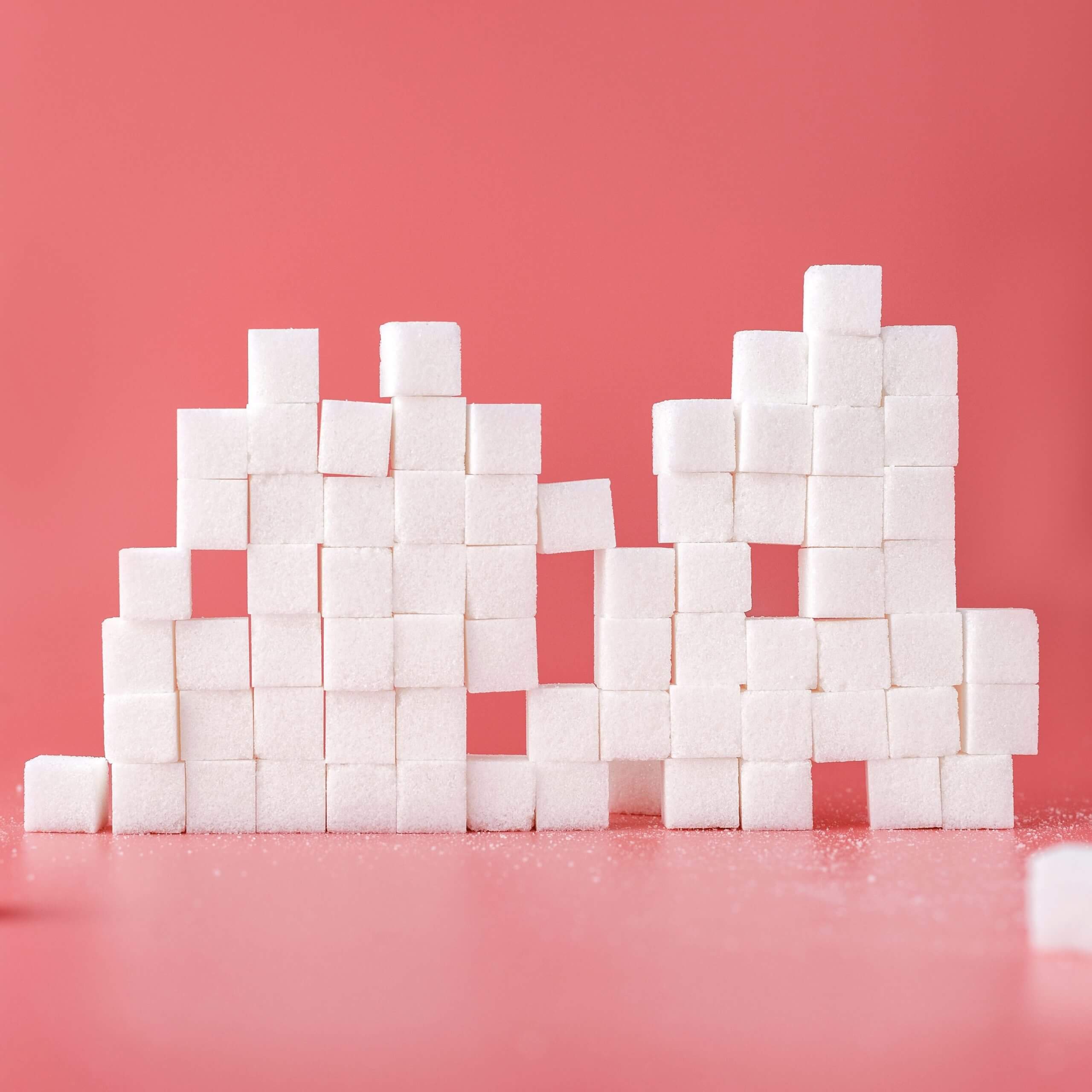We all know that sugar isn’t the best for our health, and many of us take measures to reduce our intake of sugary sodas and sweet treats. But added sugar can sneak into our diets from surprising sources and add up more than we realize.
The average American consumes about 22 teaspoons of added sugar per day—substantially higher than the recommended 6 teaspoons per day for women and 9 teaspoons per day for men. At this rate, we’re consuming over 70 pounds of sugar per year.
Village dietitian, Jamie Miller, shares some of the top culprits of unnecessary, unintentional sugar in people’s diets—and simple swaps to help lower your intake.
Sauces and Condiments
Sweet Asian sauces, salad dressings, honey-drizzled hot sauces, barbecue sauce, and ketchup are flavorful additions to meals—but they can also be sneaky sources of added sugar. For example:
- Every tablespoon of conventional ketchup contains about 1 teaspoon of sugar.
- Just 2 tablespoons of barbecue sauce or 1 tablespoon of hot honey has more sugar than a glazed donut.
- An order of teriyaki chicken from a typical Chinese restaurant contains 45 grams of sugar, equivalent to a 16 oz bottle of soda.
These unassuming sugar sources can easily be managed with a little label-reading. Look for sauces and dressings with 5 grams of sugar or less per serving. One of Jamie’s favorite brands is Primal Kitchen, which offers low-sugar, no-artificial-sweetener options for ketchup, teriyaki sauce, dressings, and more. Stubb’s barbecue sauce is another tasty, lower-sugar option to try.
Plant-Based “Health” Foods
Items like oat milk, yogurt with granola, and nutrition bars might seem like healthy choices—but they often contain a surprising amount of sugar.
- Oat milk, a popular non-dairy alternative, contains around 7 grams of added sugar per cup. Stick with unsweetened almond or coconut milk for a smarter choice.
- A typical serving of flavored yogurt (5 oz) and ½ cup of granola each contain about 14 grams of sugar. Combined, that’s as much sugar as a full-sized candy bar. Instead, go for no-added-sugar Greek yogurt, topped with chopped nuts and fruit for flavor and blood sugar stability.
Protein and snack bars can be another sugar trap. Perfect Bars contain around 19 grams of sugar. Clif Builders Bars have 17 grams. And a small fruit-filled breakfast bar can contain about 13 grams.Not all bars are off-limits, though. Look for bars with 5 grams of sugar or less. Jamie recommends options like Aloha, Tosi, Atlas, and Built bars.
Coffee, Tea Drinks, and Alcoholic Beverages
Most people know to steer clear of sugary sodas and fruit juices, but sweetened coffee/tea drinks and alcoholic beverages can deliver just as much sugar.
- A 16 oz chai tea latte, caramel latte, or piña colada all contain about 40 grams of sugar.
- A margarita, Arnold Palmer, or mojito typically has around 13 grams.
Skip these unnecessary calories by:
- Choosing unsweetened teas with fresh lemon
- Using low or no-sugar coffee additions
Opting for lower-sugar alcoholic drinks by avoiding sugary mixers
In summary, sugar is hiding in many foods we don’t immediately associate with sweetness. By becoming more aware of labels and making simple swaps, you can significantly reduce your added sugar intake—without sacrificing flavor.
For a personalized look into your diet and ways to improve the quality of your health, reach out to Village dietitian. Jamie Miller, today. jamiller@dmbclubs.com
